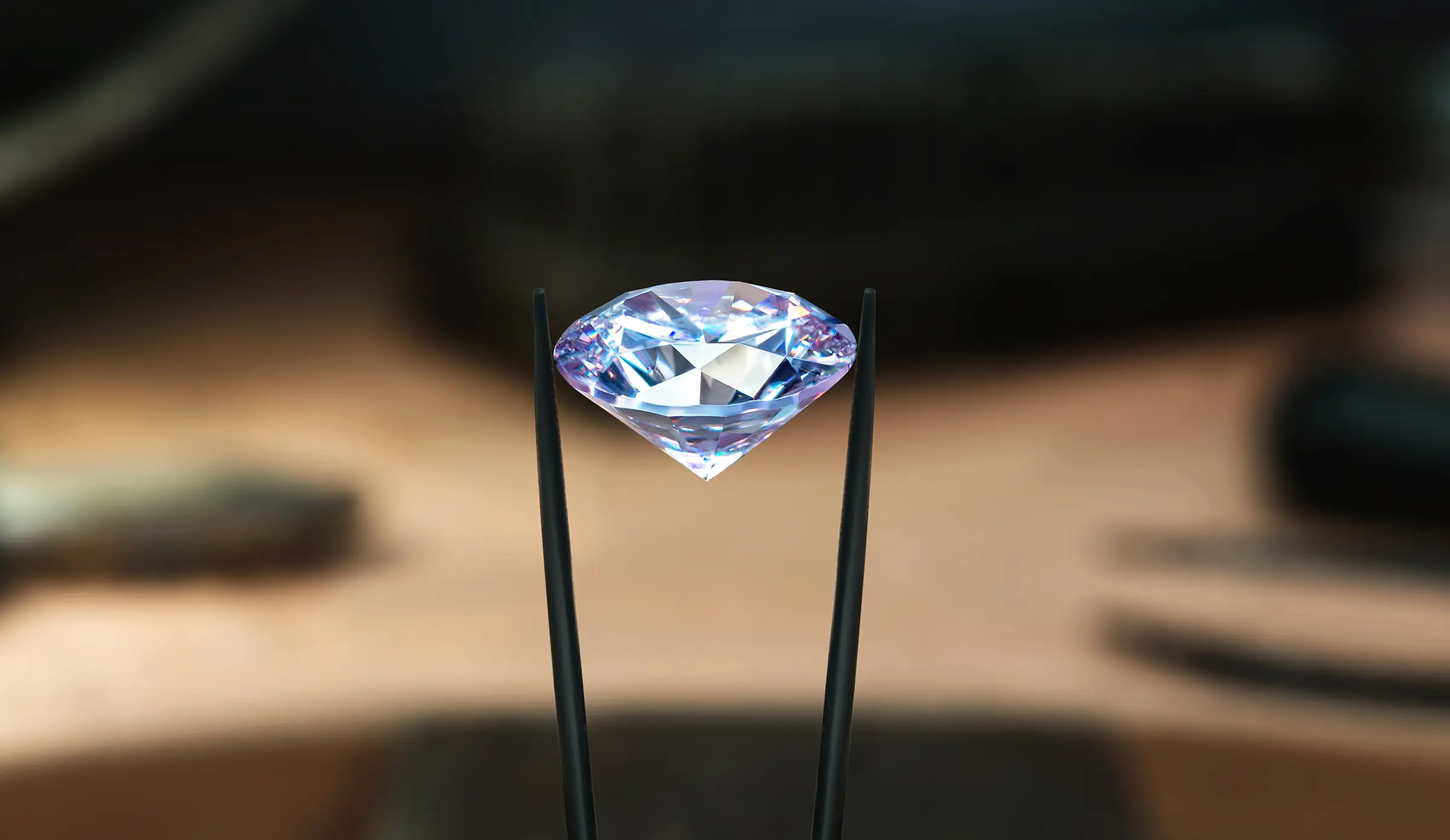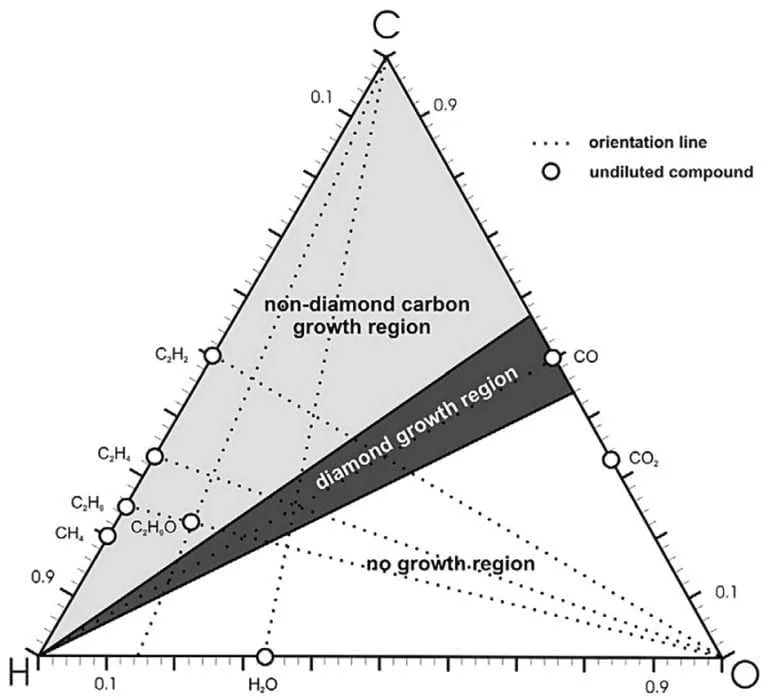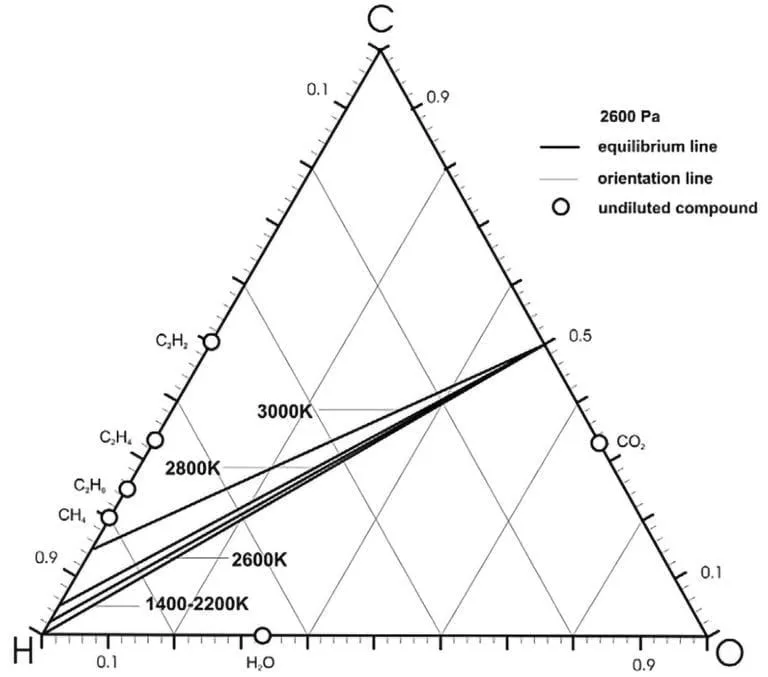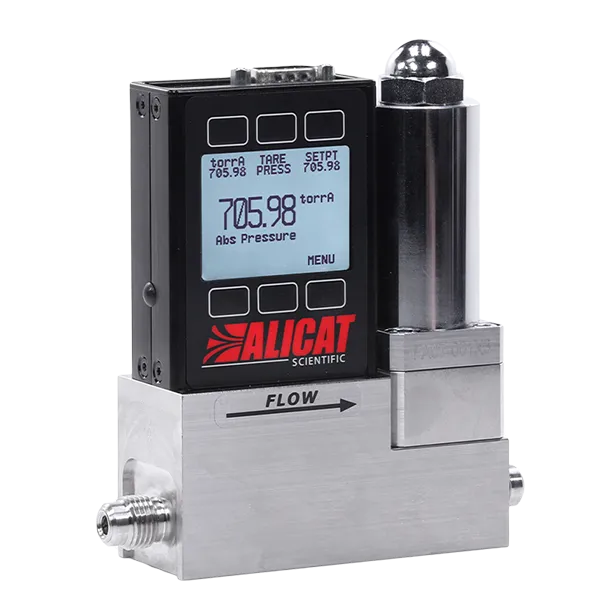Producing Lab-Grown Diamonds with Chemical Vapor Deposition

Diamonds are a highly demanded gem commonly used in both jewelry and a variety of industrial applications. For many years, large companies have been able to artificially inflate diamond prices by controlling the supply of mined diamonds. Recent improvements in lab‑grown diamond production are disrupting the diamond industry.
While lab‑grown diamonds have been produced for some time in the Asia‑Pacific region, they are now being manufactured across the world at a faster rate than ever before. This is leading to significant increases in diamond accessibility and decreases in cost.
HPHT and CVD techniques for diamond production
With consistent and quality‑controlled manufacturing practices, lab‑grown diamonds are identical to those formed naturally. Lab‑grown diamonds are manufactured using one of two processes, high pressure and high temperature (HPHT) or chemical vapor deposition (CVD).
HPHT mimics the Earth’s natural process of creating diamonds, using extremely high heat and pressure conditions of about 2000°C and over 1.5 million PSI. Diamonds made using CVD are a newer development. This process imitates the formation of diamonds in interstellar gas clouds. The diamond is formed layer by layer as energy breaks the chemical bonds in gases.
Both HPHT and CVD can yield high-grade diamonds, but CVD has become the preferred approach for several reasons:
- Most CVD processes operate at lower temperatures and pressures than HPHT processes, simplifying the manufacturing process.
- CVD diamonds are chemically pure, whereas HPHT diamonds require the use of gases like nitrogen and boron that infiltrate the diamond.
- CVD can be used for diamond deposition on substrates other than diamond.
This has resulted in technological advancements for many industries including optics, computer sciences, and tool production. The biggest challenge thus far to manufacturing diamonds via CVD is the inability to yield diamonds over 3.2 carats. This is mostly relevant in the jewelry industry.
Using CVD to form diamonds
CVD requires a process seed to act as the foundation for chemical deposition, such as a thin slice of diamond or a graphite source. The seed is placed into a chamber that is evacuated down to a high vacuum (about 20 millitorr) to prevent contamination. The chamber is then filled with a carbon‑rich gas such as methane, and either hydrogen or oxygen.
Energy is used to break down the chemical bonds of the gases and build up the diamond layer by layer. This energy can be supplied using heat or ionized plasma.
Energy from heating
Gases are heated using either thermal or chemical activation. To thermally heat gases, a filament within the vacuum chamber is usually used to reach a target temperature to 2000 – 2500°C. A less common technique uses a torch to exothermically convert the process gases and heat the chamber to 500 – 1000°C.
Energy from ionized plasma
Ionized plasma is most commonly created using electrical or electromagnetic activation from microwaves or lasers. During ionization, diamond manufacturers must carefully regulate the temperature, pressure, and gas composition within the vacuum chambers.


Challenges of diamond manufacturing

Historically, downstream pressure control has been used in CVD processes. In a downstream system, a large throttle valve is used in combination with a separate control module to manage high volumetric flow rates.
There are many challenges manufacturers face when attempting to produce consistently high quality lab‑grown diamonds. System stability, vacuum leaks, and component costs must each be carefully monitored.
Alicat devices used in diamond manufacturing
Our team of applications engineers has worked with diamond manufacturers to develop an pressure controller with metal seals specifically designed to regulate pressure in CVD systems. These devices are advantageous for several reasons:
- A fast‑acting proportional valve with options for many corrosive gases and liquids
- Wide operating ranges from 0.01% to 100% of full scale, with accuracy ± 0.25% of full scale
- Flexible and accurate pressure control with control response as fast as 30 ms
- Devices designed for use with vacuum systems undergo external Helium leak tests (< 1×10‑10 atm‑cc/sec)
As the lab‑grown diamond industry grows, Alicat is ready to help manufacturers develop the CVD systems necessary for diamond manufacturing. Vacuum pressure controllers ensure that pressures within the vacuum chambers are stable and accurate, maintaining the delicate balance of conditions required for diamonds to grow.